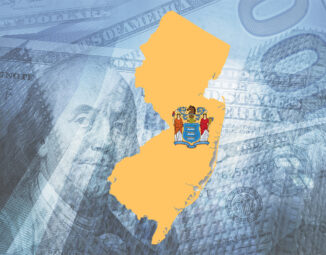New IRS Guidance for Like-Kind Exchanges
In 2017, the Tax Cuts and Jobs Act modified the rules for like-kind exchanges to apply only to real property not held primarily for sale. Prior to the Tax Cuts and Jobs Act, exchanges of machinery, equipment, vehicles, artwork, collectibles, patents and other intellectual property and intangible business assets could qualify for like-kind exchanges. As of January 1, 2018, only exchanges real properties may qualify for like-kind exchanges. Recently, the IRS issued final regulations that clarify the definition of “real property” and addressed the receipt of personal property that is incidental to real property received in a like-kind exchange.
A like-kind exchange is when real property used for business or held as an investment is exchanged for the same type or “like-kind” property. Properties are treated as the same kind if they are of the same nature or character, even if they differ in grade or quality. Real properties are generally treated as the same kind, regardless of whether they are improved or not. If a like-kind exchange is successfully completed, the exchange is tax-free. That is, any capital gain or depreciation recapture tax from the exchange are deferred.
The general principal under the final regulations is that “real property” includes land and anything permanently built on or attached to land such as improvements and fixtures. More specifically, the final regulations provide three different tests to determine whether property is “real property” for like-kind exchanges purposes. Under these tests, property is classified as real property if such property is:
- Classified as real property under the State and local law test;
- Specifically listed as real property in the final regulation; or
- Considered real property based on all the facts and circumstances under the factors set forth in the final regulations.
Even if property under the State or local law test is determined to be personal property (i.e., not real property), the other two tests may be applied to change that determination.
Under the final regulations, real property includes both land and improvements to land. Improvements to land include not only inherently permanent structures such as buildings or other structures that are permanently attached to real property, but also structural components of such structures. As a result, certain machinery and equipment may now be characterized as real property if they satisfy these requirements. In addition, certain intangible property, such as a leasehold, an option to acquire real property, and an easement, qualifies as real property for like-kind exchanges.
In addition to clarifying the definition of real property, the final regulations also adopt the proposed regulations’ position that the receipt of personal property that is incidental to real property received in a deferred like-kind exchange may be disregarded in determining whether a taxpayer complied with the safe harbors provided for qualified intermediaries. That is, in determining whether an agreement between a taxpayer and the qualified intermediary limits the taxpayer’s right to receive, pledge, borrow, or otherwise obtain the benefits of money or other property, the receipt of personal property incidental to the real property acquired in the deferred exchange is disregarded. Personal property is incidental to the real property acquired if:
- In standard commercial transactions, the personal property is typically transferred together with the real property; and
- The aggregate fair market value of the incidental personal property transfer with the real property does not exceed 15% of the aggregate fair market value of the replacement property.
While these final regulations are not revolutionary, the new guidance does clarify a couple important points and will be helpful for taxpayers looking to garner the tax benefits of a like-kind exchange. As we look forward to 2021, like-kind exchanges are anticipated to increase in popularity due to the expected tax increases advocated by the Biden administration. The arrival of these final regulations could not have been better timed.
The information contained in this publication should not be construed as legal advice, is not a substitute for legal counsel, and should not be relied on as such. For legal advice or answers to specific questions, please contact one of our attorneys.



